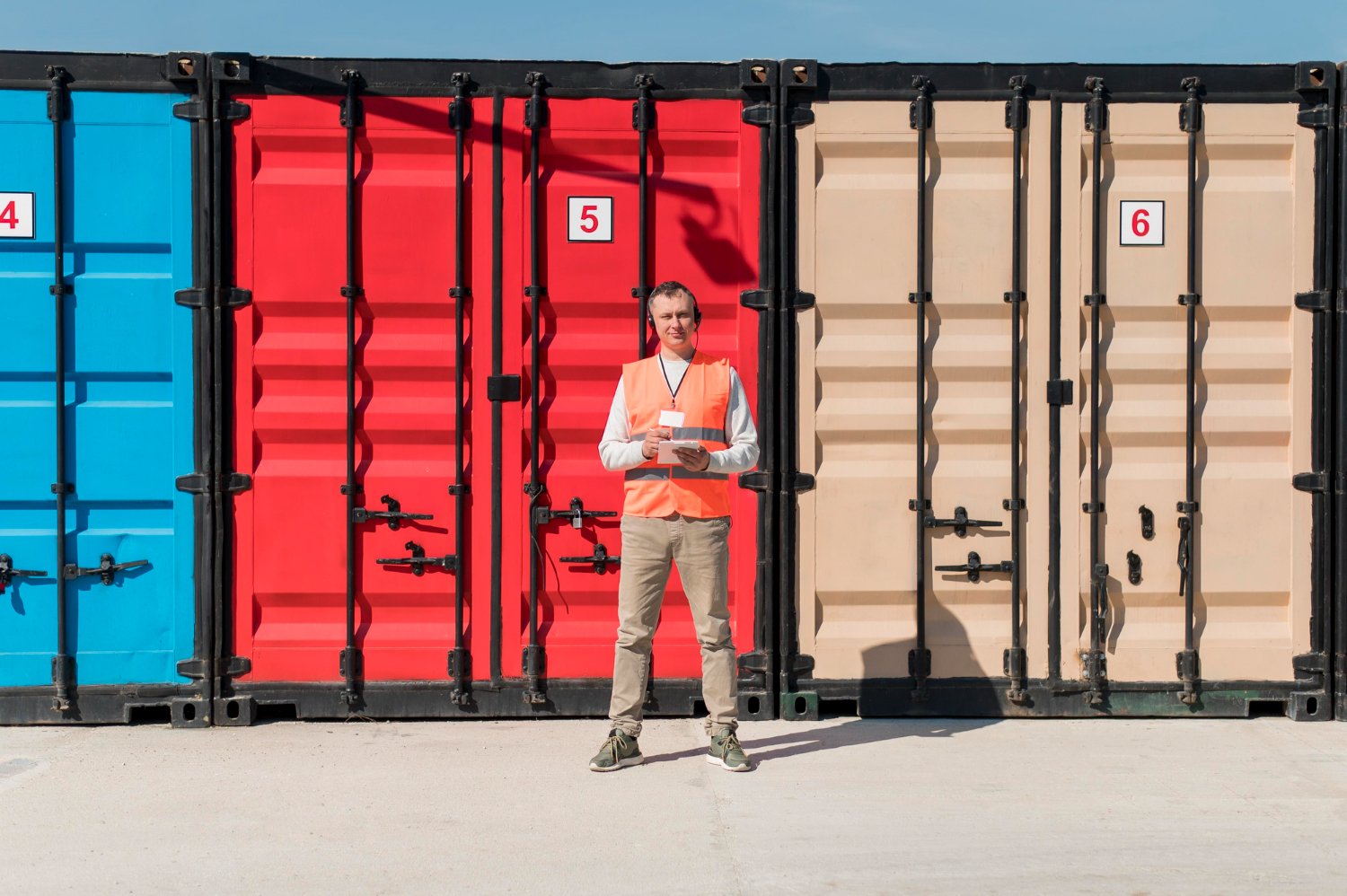
It may be easy to overlook moisture control when you’re focused on getting goods out the door, but this can quietly cause a lot of damage behind the scenes. Desiccant bags aren’t all made the same, and picking the wrong kind can lead to problems you didn’t see coming until it’s too late.
Here are practical reasons your business needs to be more selective with what to use and how to use it.
Table of Contents
Match Absorption Capacity to Cargo Sensitivity
Moisture control is often overlooked in supply chain management, but it directly affects product quality. Some goods, like steel parts or powdered goods, are more vulnerable to moisture than others. That’s why absorption capacity isn’t something to guess. It’s not just about grabbing any bag off the shelf.
Using the wrong type can lead to damaged stock, rework, or returns. If you ship moisture-sensitive cargo, look for bags rated for higher absorption performance. It’s all about matching the right bag to the product and not settling for whatever is cheapest or most available.
Choose the Right Format for Container Size and Layout
Desiccant bags are not all designed the same way. If you’re shipping orders to customers using sea containers, the layout inside matters. Space is tight. Bags that hang, stick, or wrap around products each offer different benefits depending on how your goods are packed.
Hanging styles may work better in tall, upright loads. For goods packed tightly, something like a cover-style bag makes more sense. Choosing the right fit keeps the desiccant in the best spot to do its job. This avoids blind spots where moisture can build up and cause problems.
Account for Transit Duration and Climate Conditions
Transit time makes a big difference when choosing moisture protection. A quick trip across state lines doesn’t face the same risks as a month-long overseas shipment. Longer trips usually involve weather extremes and exposure to high humidity zones.
Some bags offer protection for up to 60 days, which is ideal for international freight. Before choosing, check your route and timeline. Does your cargo pass through tropical ports or stop at multiple locations? If so, make sure your desiccant can handle that journey without failing halfway through.
Prevent Costly Damage from Container Rain
Condensation isn’t always visible when a container arrives, but the damage is often already done. This is what people call “container rain” or “cargo sweat.” It builds up during transit, especially when outside temperatures swing up and down.
That hidden moisture can lead to mould, warping, and corrosion. Once it happens, you’re not just dealing with lost stock, but also chasing replacements, refunds, or claims. Using high-performance desiccants helps avoid these surprises, especially if your goods are stored in cardboard, timber crates, or shrink-wrapped pallets.
Ensure Compliance with Export and Quality Standards
Every industry has its own standards to meet. Some require proof of moisture control, especially when dealing with food, pharma, or electronics. If a shipment arrives with signs of mould or damp, it’s not just a quality issue, as it could also breach import rules.
Choosing the right desiccant helps protect more than just the product. It supports your brand’s reliability and reduces the risk of delays, fines, or rejected shipments. In highly regulated sectors, it’s worth making sure your moisture protection aligns with the documentation you provide.
Get in touch with FROMM Packaging Australia to find the right moisture protection solution for your packing and shipping needs.


